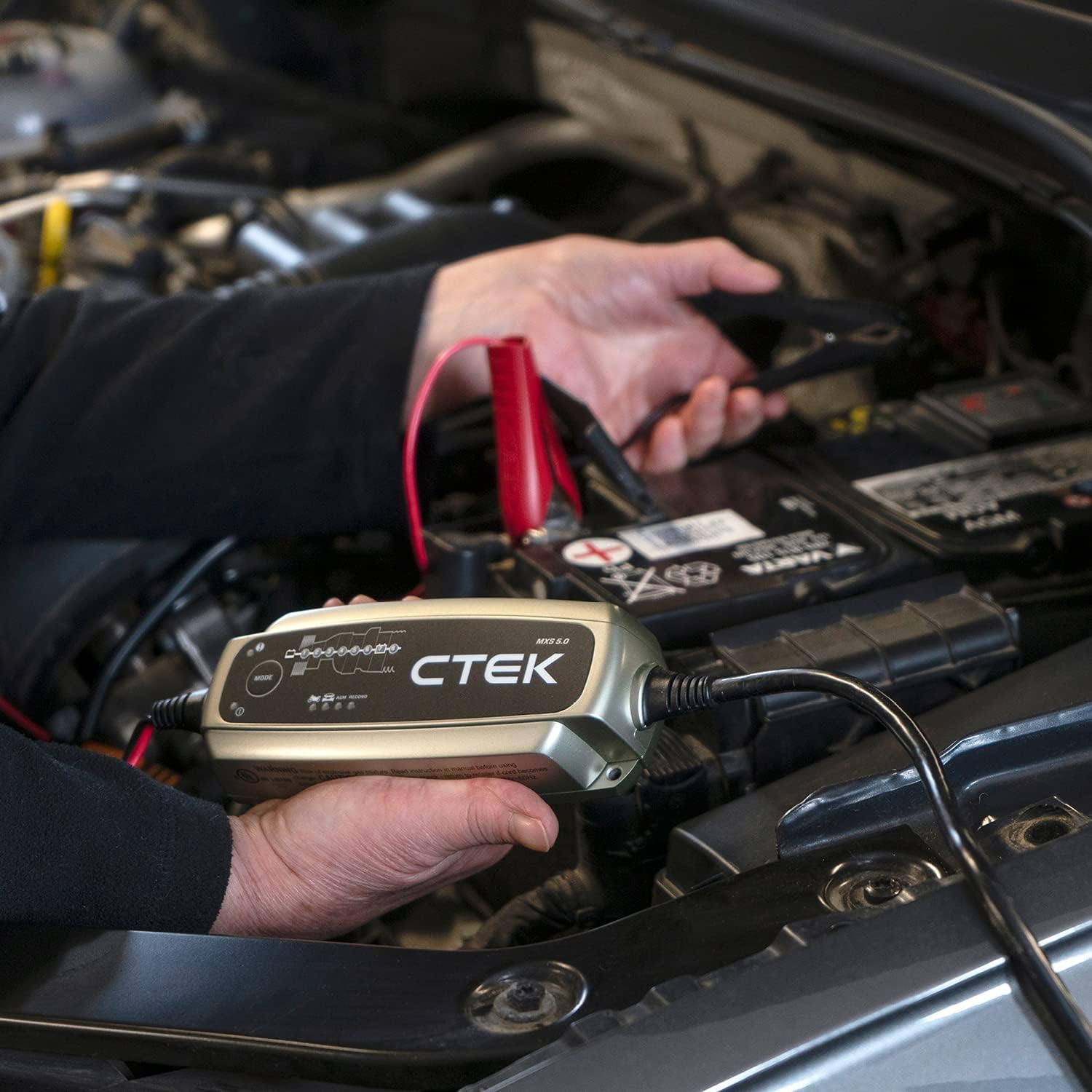A dead car battery can leave you stranded and frustrated. Luckily, there are two tools that can get you back on the road: jump starters and battery chargers. But what’s the difference between them, and which one should you have in your toolbox?
Jump Starter: A Quick Fix

Imagine this: you’re running late for an important meeting, and your car won’t start. A jump starter is your superhero in this scenario. It’s a portable battery pack that delivers a powerful burst of current, enough to crank your engine and get you going.
Here’s what makes jump starters unique:
- Portability: Compact and lightweight, they easily fit in your car trunk or glove compartment.
- Ease of Use: Most jump starters are straightforward to operate, even for those unfamiliar with cars.
- Speed: They provide a quick solution, getting your car started in seconds.
- However, jump starters have limitations:
- Not a Charger: They don’t recharge your car battery, only providing enough power to start the engine. Once started, the alternator takes over charging duties.
- Limited Capacity: They have a limited number of jumps before needing a recharge themselves.
- Engine Size: While most jump starters can handle average cars, larger engines might require a higher power output.
Battery Charger: A Full Recovery Plan

A battery charger is essentially a power supply for your car battery. It plugs into a wall outlet and supplies a steady current to recharge the battery to its full capacity.
Here’s why a battery charger is a valuable tool:
- Complete Recharge: It fully charges your battery, ensuring your car is ready for the next journey.
- Multiple Uses: Some chargers can maintain battery health, prevent sulfation, and even work with different battery types.
- Versatility: They can be used at home, in your garage, or anywhere with access to a power outlet.
- However, battery chargers have drawbacks too:
- Not a Quick Fix: Recharging a battery can take hours, depending on its size and discharge level.
- Less Portable: They are typically larger and heavier than jump starters, making them less convenient for emergencies.
- Requires Planning: You need access to a power outlet to use them, which might not be available in all situations.
So, Which One Do You Need?
The answer depends on your needs and priorities:
For Emergency Situations: If you primarily want a quick solution for unexpected dead batteries, a jump starter is the best choice.
For Long-Term Battery Health: If you want a way to maintain your battery’s health and ensure reliable starts, a battery charger is the way to go.
The Ideal Scenario:
Ideally, having both tools in your automotive arsenal provides the best of both worlds. A jump starter will get you out of a jam in the short term, while a battery charger allows you to address the root cause of the dead battery and prevent future issues.
Additional Tips:
- Choose the right jump starter: Consider the size and power output based on your car’s engine size.
- Invest in a smart charger: Many chargers offer features like automatic shut-off and maintenance modes.
- Regularly maintain your car battery: Proper care extends its life and reduces the chances of needing a jump start or replacement.
By understanding the differences between jump starters and battery chargers, you can make an informed decision about which tool is best suited for your needs and ensure you’re never left stranded with a dead battery.







